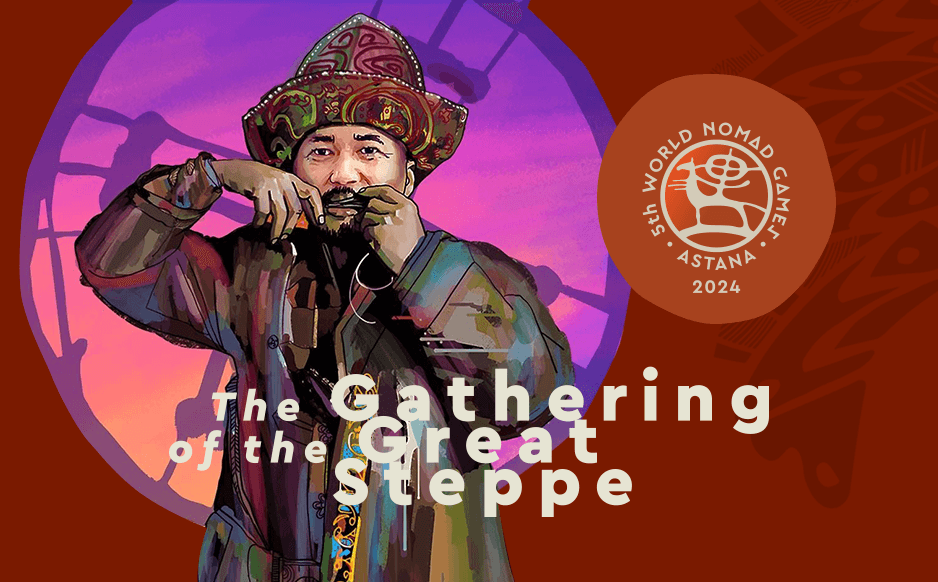Kyrgyz Republic
The Kyrgyz Republic is located in the northeastern part of the Central Asia, in the “heart” of the Eurasian continent. About 90% of the area of Kyrgyzstan is located at an altitude of over 1,500 meters above sea level.
The tourism potential. The country has a high tourism potential, encompassing:
- 22 diverse ecosystems;
- 160 types of highland and lowland landscapes. 94% of the territory is occupied by mountains, among which the most famous mountain peaks are: Pobeda Peak (7439 m), Lenin Peak (7134 m), Khan-Tengri (6995 m). “Enylchek” is considered to be one of the longest glaciers and a sight of global scale;
- 1923 beautiful lakes, the main of which is the lake Issyk-Kul – one of the largest and deepest mountain lake in the world;
- more than 40 thousand rivers and streams, the main source of water is considered to be melt water from mountain glaciers.
Being a small country according to its territory, the republic is one of the 200 priority ecological regions of the planet. In Kyrgyzstan, there is a network of protected areas that occupy 6% of the area of the country, among them: 1 Biosphere Reserve, 10 state reserves and 9 national parks, 68 wildlife sanctuaries.
Kyrgyzstan is located along the ancient Great Silk Road, along which there are 583 historical and cultural monuments and archaeological sites, some of which (Nevaket, Suyab, Balasagyn, Sacred Mountain Sulaiman-Too) have a universal value and included into the list of UNESCO.
The territory of the country is one of the oldest centers of human civilization. Kyrgyz is ethnicity, known in Central Asia in the first millennium BC, they carried through the centuries to the present day their identity and culture. Individual objects of intangible cultural heritage, such as the trilogy of the Epic of Manas, the traditional dwelling of the nomadic people “Yurt”, felt carpet types such as “Shyrdak” and “Ala kiyiz” are included into the list of UNESCO.
Kyrgyzstan has all sorts of tourist resources, in order to become in the future international tourist center. It should be noted that according to the World Tourism Organization the amount of international tourists interested in tours along the Great Silk Road account for 27% of the total number of tourists.
Types of tourism. The tourism sector in Kyrgyzstan is currently represented by the following main types of tourism:
- health-related (resort and recreation, phytotherapy, mud treatment, jailoo tourism, kymyz therapy, etc.);
- active-adventure (mountain hiking, horse riding, cycling, eco-tourism, wildlife photography, climbing, rafting, auto tourism, aiyl tourism, scuba diving, hang gliding, etc.);
- cultural and educational (to being familiar with the culture, customs, heritage and traditions of the Kyrgyz people, tourism along the Great Silk Road, gastronomic tourism, etc.);
- winter tourism (ski touring, freeriding, snowboarding, winter tours, etc.);
- business tourism (international summits, forums, symposiums, conferences, etc.);
- event tourism (international traditional ethnic games, national holidays, art festivals, competitions, exhibitions, sporting events, etc.).
In spite of the existing potential and opportunities for development of various types of tourism in the Kyrgyz Republic the following problems are exist:
- it is estimated that Kyrgyzstan uses only 15% of its tourism potential;
- if there is the potential for year-round tourism in the country is still dominated by the types of tourism, in which the season is limited to three months;
- the Register of types of tourism still not approved officially, which leads to ambiguous interpretation.





